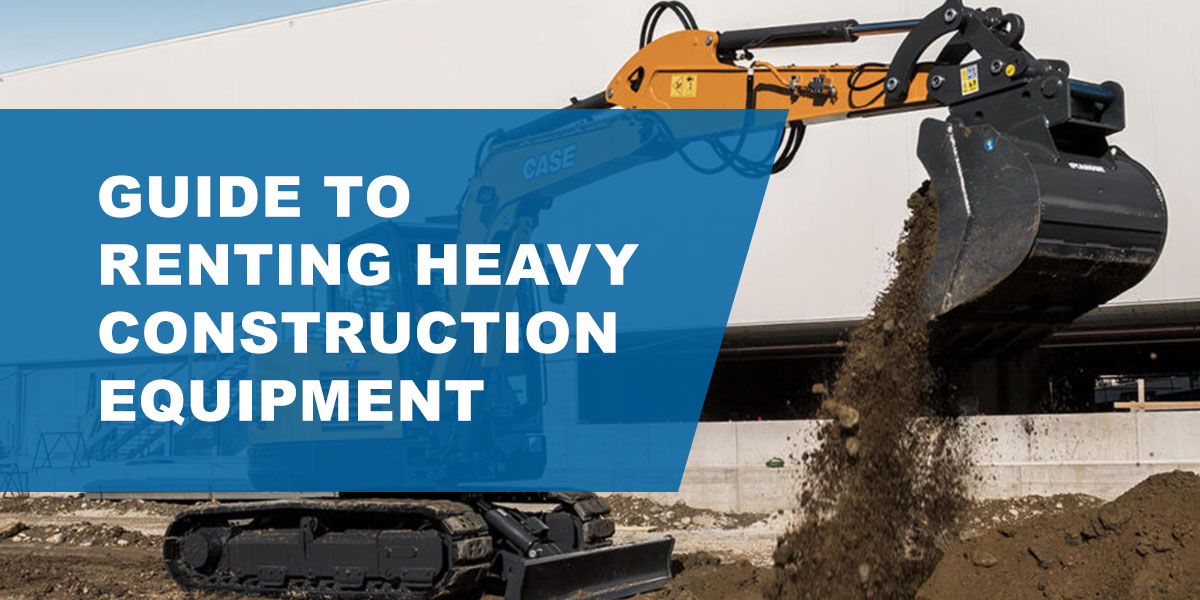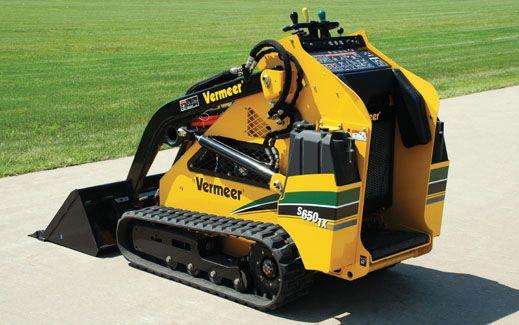Rental Company Near Me: Local Solutions for Equipment Rentals
Maximize Your Budget by Understanding the Expenses Connected With Building And Construction Tools Leasings
Recognizing the full scope of expenses linked with building and construction equipment services is vital for maximizing your budget plan. What techniques can be employed to successfully handle these expenses and ensure a much more reliable rental experience?
Review of Rental Prices
When considering building and construction tools leasings, understanding the connected prices is extremely important for effective budgeting and project planning. Rental costs can vary substantially based on numerous variables, including equipment kind, period of leasing, and area. The first rental charge usually shows the equipment's market need and its connected operational capabilities, affecting the general expenditure.
In enhancement to the base rental rate, ancillary prices might occur, such as transport costs, fuel surcharges, and maintenance charges. It is vital to make up these additional costs to properly evaluate the overall expense of renting tools. In addition, the rental duration can influence pricing; longer rentals may qualify for reduced prices, while short-term leasings might sustain greater everyday charges.

Breakdown of Rental Rates
A comprehensive understanding of rental prices is essential for specialists and job managers intending to optimize their budget plans. Rental prices for construction tools typically contain numerous elements, including base rates, time-based costs, and usage fees.
Base rates are the core charges related to the rental of the devices, usually determined by the kind and dimension of the equipment. These rates can differ significantly, influenced by factors such as devices demand, accessibility, and local market trends. Time-based charges, which might be daily, weekly, or monthly, serve to suit various task timelines and rental periods.
Furthermore, rental prices may include use costs, which are applicable when equipment is utilized beyond a defined limit, guaranteeing that the rental firm can account for damage. Seasonal demand fluctuations can additionally impact rental prices, with peak building seasons normally commanding higher rates.
Additionally, comprehending the rental business's policies concerning maintenance and insurance can provide more insight into the total cost framework. By examining these components, contractors can make educated choices, making certain the selection of rental devices straightens with both project needs and spending plan restrictions.
Additional Charges to Consider
Understanding the intricacies of extra costs is important for professionals to manage their overall rental expenses successfully. Beyond the basic rental rates, different auxiliary costs can dramatically affect the complete cost of equipment service. These costs commonly consist of delivery and pick-up costs, which can vary based upon range and logistics entailed in carrying the equipment to and from the task website.
Furthermore, some rental companies may enforce gas surcharges if the tools is returned with much less gas than when rented. It is likewise important to know prospective cleansing charges, particularly for customized equipment that needs comprehensive upkeep after usage.

Completely examining the rental arrangement and making clear these added costs in advance can help service providers guarantee and original site stay clear of unexpected expenses that budget plans continue to be intact throughout the job lifecycle.
Upkeep and Fixing Expenses
Normal repair and maintenance expenditures are typically neglected aspects that can significantly influence the general cost of building and construction devices rentals. When renting out devices, it is essential to consider not only the rental costs however likewise the potential prices associated with keeping the equipment in ideal operating condition.
Numerous rental companies consist of fundamental upkeep as component of the rental agreement; however, more unforeseen break downs or extensive repair services can bring about extra expenses. It's essential to review the rental contract carefully to comprehend what upkeep services are covered and what duties drop on the occupant.
In addition, tools that is not well-kept can result in ineffectiveness on the job website, possibly enhancing and causing delays job prices. To reduce these threats, it is advisable to conduct regular inspections and keep open communication with the rental provider relating to any type of issues that occur throughout usage.
Insurance and Liability Expenses
Insurance policy and responsibility prices are vital elements that can substantially influence the total expense of building and construction tools leasings (heavy equipment rental). These expenses ensure that both the rental company and the customer are secured from potential economic losses emerging from crashes, damage, or theft throughout the rental duration

Additionally, customers should recognize any type of deductibles or exemptions in the insurance plan, as these can affect prospective out-of-pocket expenses. Understanding the terms and conditions of any kind of insurance policy coverage is vital to stay clear of unforeseen costs. Eventually, budgeting for insurance and responsibility expenditures can assist ensure a smoother rental experience and secure against financial risks related to building projects.
Final Thought
In verdict, a detailed understanding of the expenses connected with building equipment leasings is important for efficient budget plan administration. Ultimately, educated decision-making pertaining to equipment services adds to the general success of construction ventures.
Rental prices can vary significantly based on numerous factors, consisting of devices kind, period of leasing, and location (boom lift rental). The rental duration can influence pricing; longer services might qualify for reduced rates, while short-term rentals might incur higher day-to-day costs
By performing extensive research and engaging with respectable rental business, professionals can efficiently browse the complexities of rental pricing, ultimately optimizing their economic sources.
Past the typical rental prices, various additional fees can dramatically affect the total price of equipment service. Rental companies commonly supply liability insurance coverage that covers injuries to third parties or damages to residential or commercial property, while devices damage insurance can cover the expense of repairs or substitute if the leased devices is browse this site damaged.